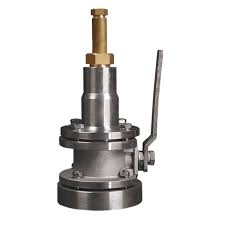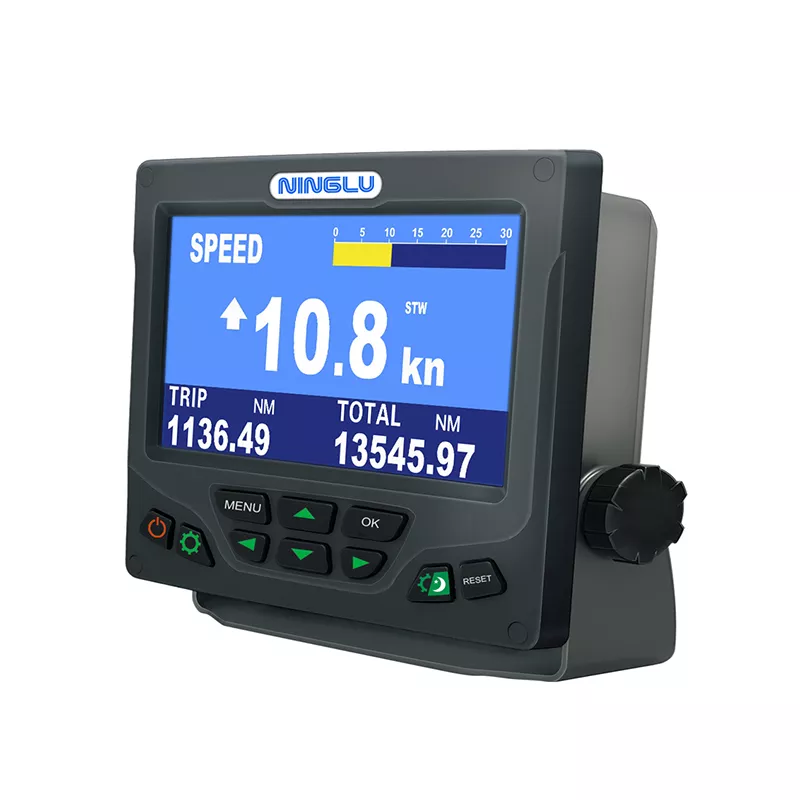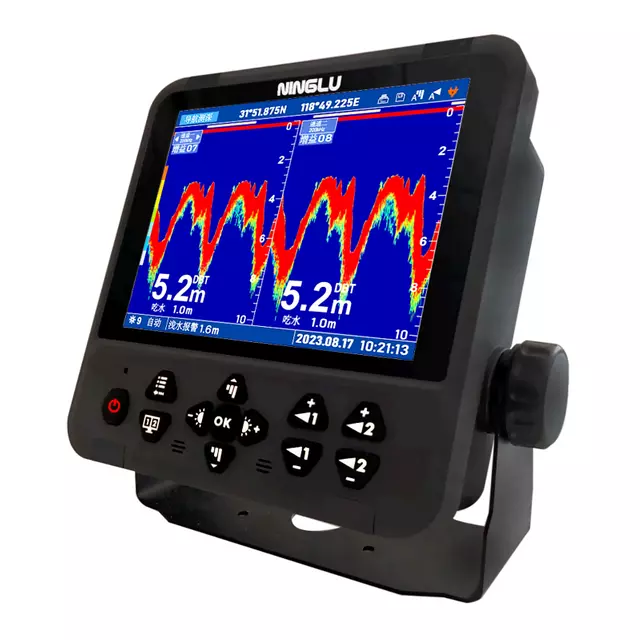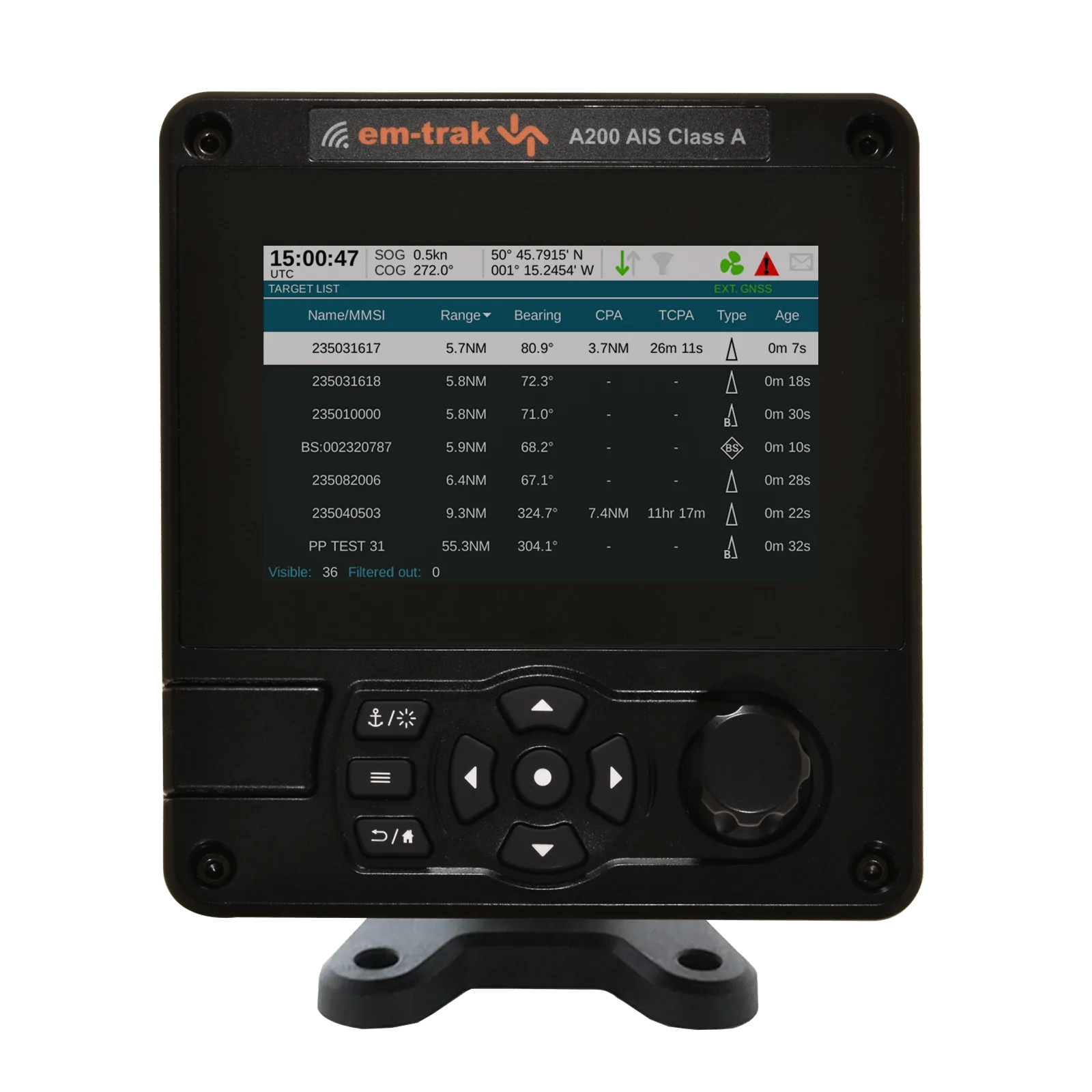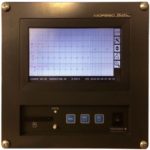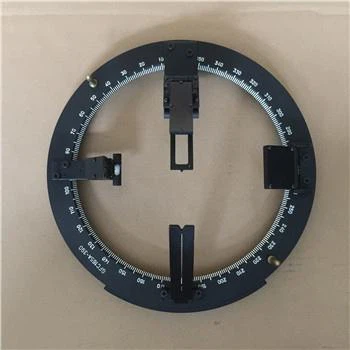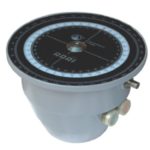Steering System
The steering system of a vessel is crucial for maintaining control and direction, ensuring safe and efficient navigation. This complex system allows a ship to change course and maintain stability in various sea conditions, playing a vital role in maritime operations.
Introduction to Steering System
Steering System in ships consist of several components, including the helm, rudder, tiller, hydraulic pumps, and steering gear. These components work together to control the movement and direction of the vessel. Modern steering System may also integrate electronic and computerized controls to enhance precision and responsiveness.
Key Features of Steering System
- Helm Control: The helm is the primary interface for the ship’s operator to control the direction of the vessel.
- Rudder Mechanism: The rudder is a flat piece of equipment at the stern that redirects water flow to steer the ship.
- Hydraulic System: Modern ships often use hydraulic System to operate the rudder more efficiently and with less manual effort.
- Electronic Integration: Advanced steering System include electronic controls for improved accuracy and ease of operation.
10 FAQs about Steering System
| Question | Answer |
|---|---|
| What is a ship’s steering system? | A steering system is the mechanism by which a ship’s direction is controlled, involving components like the helm, rudder, and steering gear. |
| How does a rudder work? | The rudder works by redirecting the flow of water around the stern of the ship, creating a turning force that changes the vessel’s direction. |
| What role does the helm play in steering? | The helm is the wheel or control device that the operator turns to change the direction of the rudder and, consequently, the ship. |
| Why are hydraulic System used in steering? | Hydraulic System provide the force needed to move the rudder with less manual effort, allowing for smoother and more precise control. |
| Can steering System be controlled electronically? | Yes, many modern ships use electronic control System to enhance the accuracy and responsiveness of steering operations. |
| What happens if a steering system fails? | Steering system failure can lead to loss of control over the ship’s direction, necessitating the use of emergency steering procedures or backup System. |
| How often should a steering system be inspected? | Regular inspections and maintenance of the steering system are crucial, typically performed during routine vessel maintenance schedules. |
| What is the difference between manual and automatic steering? | Manual steering involves direct control by the operator, while automatic steering uses autopilot System to maintain a set course. |
| Can steering System be retrofitted on older ships? | Yes, older ships can often be retrofitted with modern steering System to improve performance and safety. |
| How do electronic steering System improve safety? | Electronic steering System enhance safety by providing more precise control, reducing human error, and integrating with other navigational System. |
Conclusion
The steering system is a fundamental component of maritime navigation, ensuring vessels can be controlled and directed safely and efficiently. By the components and functionality of steering System, mariners can better appreciate their importance in maintaining control and stability at sea. Regular maintenance and advancements in technology continue to enhance the reliability and performance of these crucial System.

